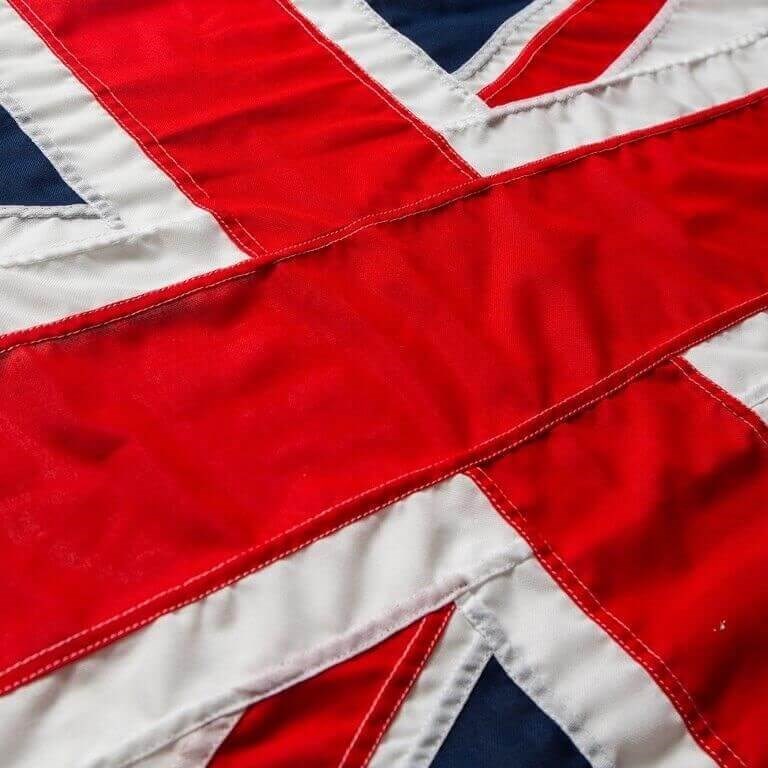The phrase ‘half-mast’ – or sometimes ‘half-staff’ refers to when a flag is flown below the top position on a flagpole or ships mast. In most countries, flying a flag below the top of the structure is a mark of respect for a person or persons who have died.
Organisations and communities use the lowering of a flag as a symbol of mourning, distress, or a salute to the fallen. Dating back to the 17th Century, some sources believe this practice was to make room for an ‘invisible flag of death’.
Discover six points of protocol you may not be aware of when lowering your flags to half-mast.
Step 1
When hoisting a flag that is to be flown at half-mast, it should first be raised all the way to the top of the pole, and then lowered. This tradition stems from military protocol so that those observing the flag will see it being intentionally lowered (rather than failing to be fully raised)
Step 2
Likewise, when the flag is to be lowered or taken down from the pole or mast, it should first be hoisted to the top of the flagpole, it should then pause for a moment, and finally be lowered, to half-mast or removed completely.
Step 3
There is some disagreement about what is meant by ‘half-mast’. Most people take the phrase literally and position the flag around halfway down the structure. However, others recommend that a flag should only be lowered by one breadth - or width – of the flag (the length of the longest edge). At Flagmakers and most British institutions we recommend that the flag should be lowered to approximately a third from the top of the flagpole, This is visually easier to judge than the other two methods and leaves the viewer in no doubt that the flag has been deliberately set at that height.

Half mast union flag at Harlech Castle - image from https://commons.wikimedia.org/wiki/File:Harlech_Castle_Half_Mast_HMQM.jpg

Union Flag at half mast - image from https://commons.wikimedia.org/wiki/File:Union_flags_fly_at_half_mast,_January_8,_2015.jpg
Step 4
Flags should not be flown half-masted on a wall-mounted pole that is more than 45 degrees from vertical. A suitable alternative is the addition of a Mourning Cravat, which is a black ribbon added to the top of a flag.
Step 5
An important piece of half-masting protocol is that the Royal Standard should never be lowered as it represents the Monarchy. As the Monarchy is continuous, and one sovereign is immediately replaced by the next so there is no mourning for the role of the Monarch. But, other flags such as the union flag will be half masted to show respect to the deceased.
Step 6
Traditionally in the United Kingdom, the half-masting of flags is at the command of the Sovereign. However, many organisations and institutions may choose to mourn using a half-masted flag on a local or community level, it is unlikely that the mark of respect would be objected to. Indeed it is generally encouraged, and often noted by the media.







